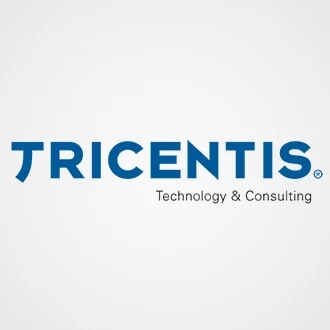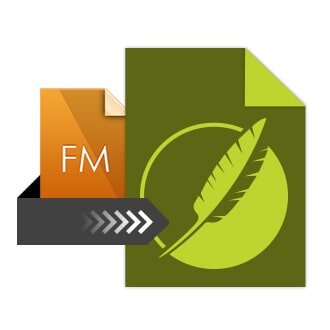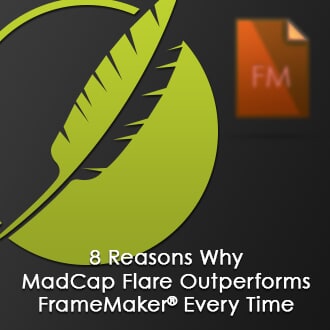In his 7/24/2013 webinar, Converting from FrameMaker® to Flare? We’ve Got Your Back, Certified Flare Instructor John Welle gave his advice on implementing a large-scale FrameMaker®-to-Flare migration project.
Here, we've outlined some of his basic process strategies, highlighted some issues you may encounter and shared some of John's ways of dealing with them. For more details about this workflow, watch the recording of John's webinar here or check out the slide deck here.
Phase 1: Evaluate and analyze
Your goal in this phase of the conversion is to analyze & evaluate the content you're importing so you can make decisions on what to implement and what to let go of. Ask yourself these questions:
- What styles are [actively] used? Are there Overrides?
- How consistent is the document structure?
- Are there any layout-dependent design elements?
- How are Notes/Tips implemented?
- How are numbers/bullets implemented?
- How are graphics used?
- Is there conditional text?
- What types of tables?
- How are cross-references used?
Phase2: Start small
The goal of this phase is to capture a complete cross-section of the formats, structures, conventions, and quirks in the files you’ll be working with so you can test how you might purge or implement them. Start small and select 2-3 representative documents or build a composite ‘sampler’ document if needed.
Phase 3: Tame your styles
Legacy FrameMaker® documents accumulate cruft. What's "cruft"?
Wikipedia defines cruft as "jargon for anything that is left over, redundant and getting in the way. It is used particularly for superseded and unemployed technical and electronic hardware and useless, superfluous or dysfunctional elements in computer software.”
At this point, decide what you want and need and make a complete list of FrameMaker® styles in use. Take this as an opportunity to start fresh and trim down your style catalog.
Phase 4: FrameMaker® cleanup
Now it's time to purge the cruft. FrameMaker®’s built-in functions are a start, but there are more efficient ways of doing this. You can find out which third-party tools John recommends in his webinar.
Phase 5: Document the process
It's important to document the steps you take because it's easy to forget the sequence or the logic behind them, and documenting the process is essential if multiple people will be pitching in at the mass-conversion stage.
Phase 6: Import to Flare
Remind yourself that this is a massively iterative process: you'll be importing, examining, tweaking, and repeating those steps. You can create multiple import files (.flimp) within a Flare project, each applied to different Frame files and using different settings
Phase 7: XHTML cleanup
You'll probably encounter some entirely harmless, but annoying Code Gremlins:
- <b style=“font-weight:normal;”>…</b>
- <i> </i>
- <span>…</span>
- <![CDATA[ ]]>
- Okay, but not so great:
- <b style=“font-style:italic;”>…</b>
- Definitely not a good thing:
- <p style=“…”>…</p>
Make a list of the gremlins and run a search and replace.
Phase 8: Think big
Make your life easier by organizing your topic and graphics files. File naming conventions are helpful and while Filename markers can be embedded in Frame documents before import, it's very time-consuming. Consider your project architecture and ask yourself:
- How many projects might you need?
- How might you use a Master Project?
Grab a few more documents and run them through your process, then lather, rinse, and repeat until you’re happy with the results. Now run the remaining documents through the conversion process and you're off and running with MadCap Flare!












